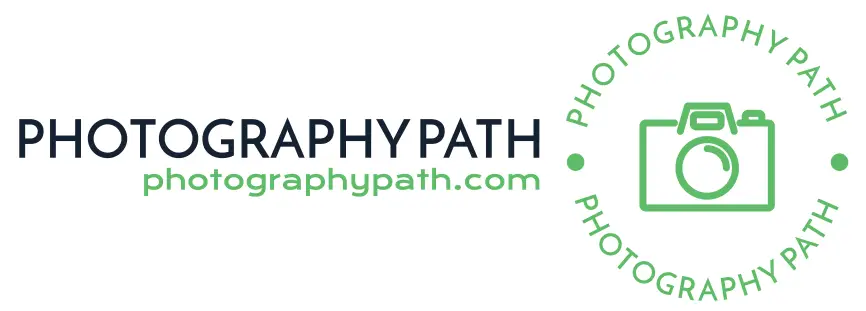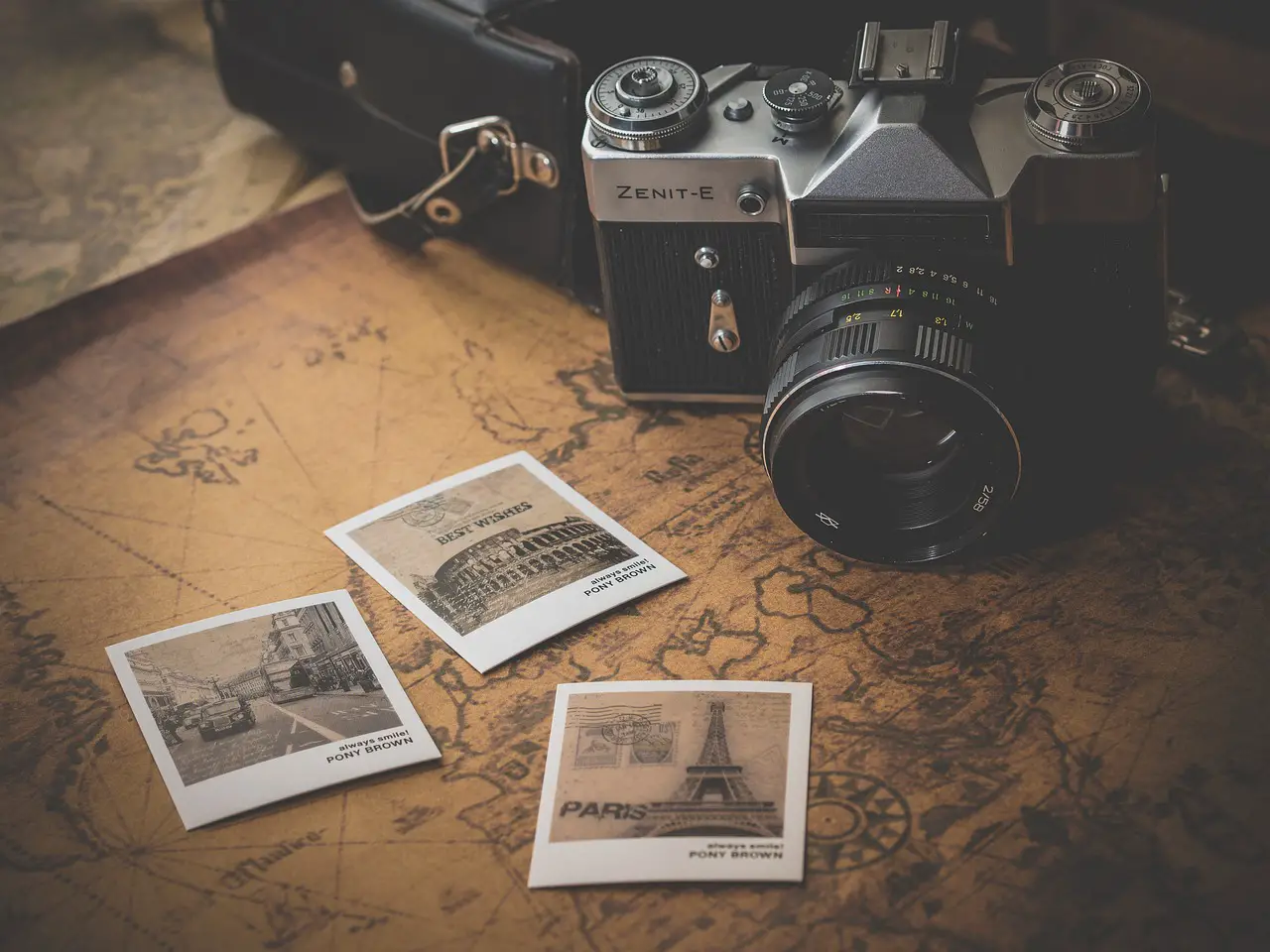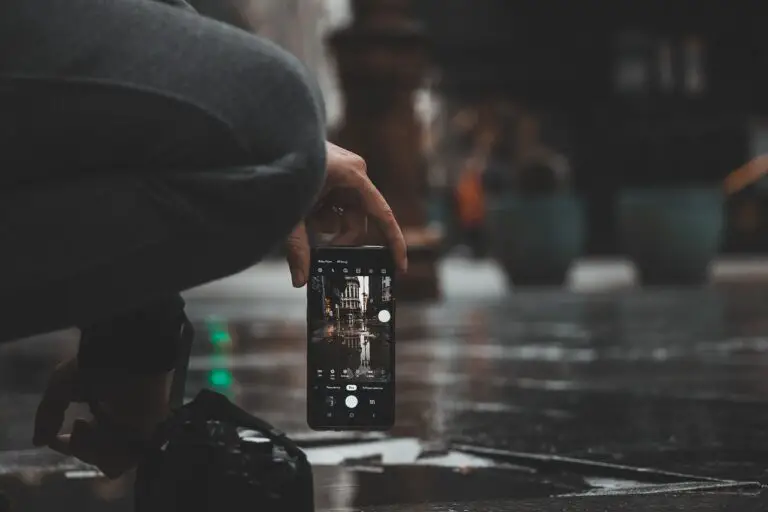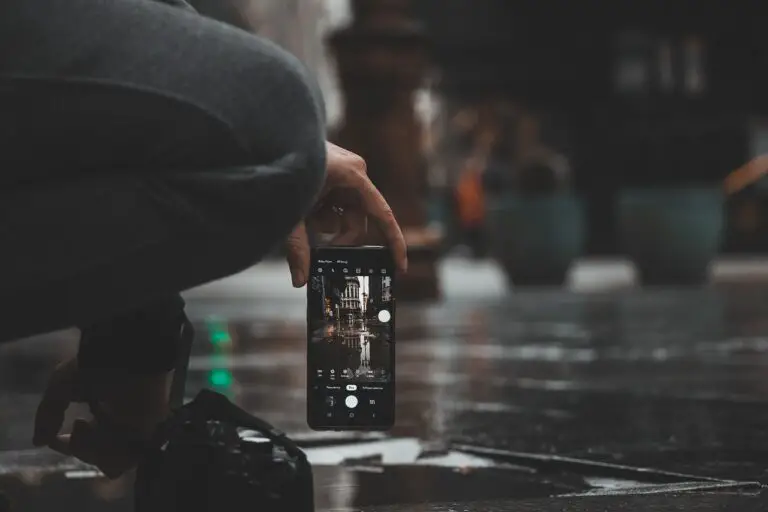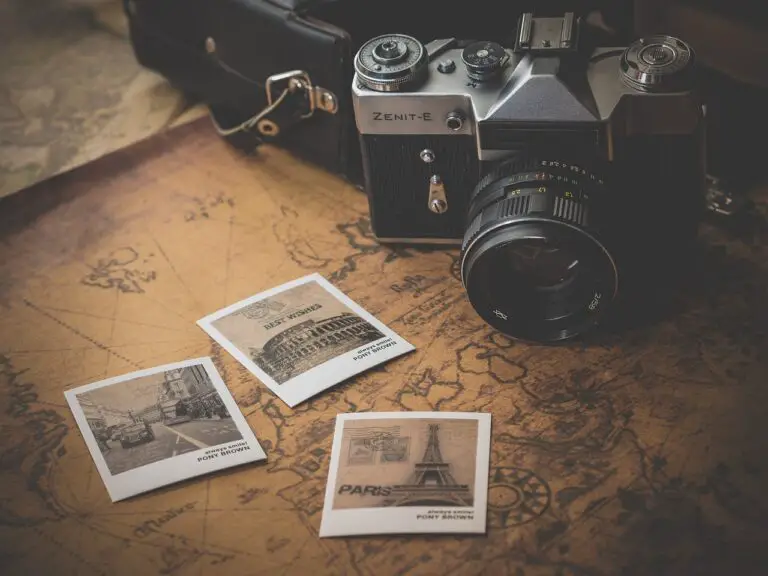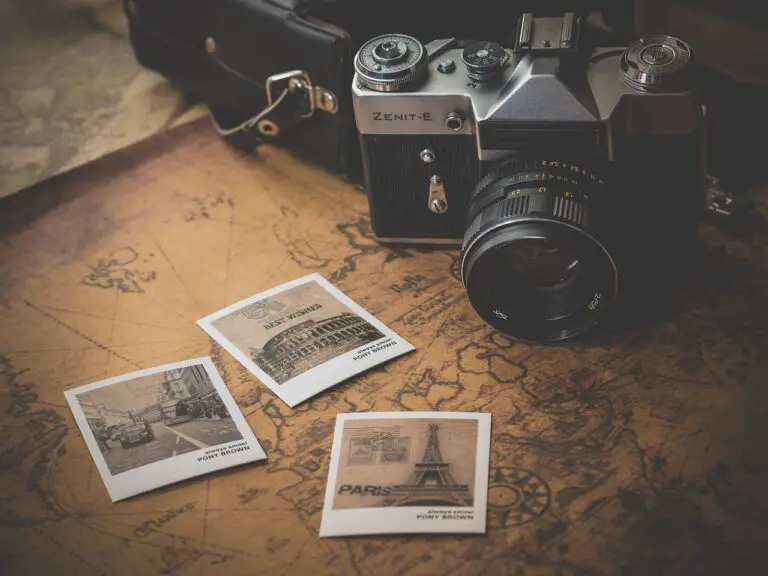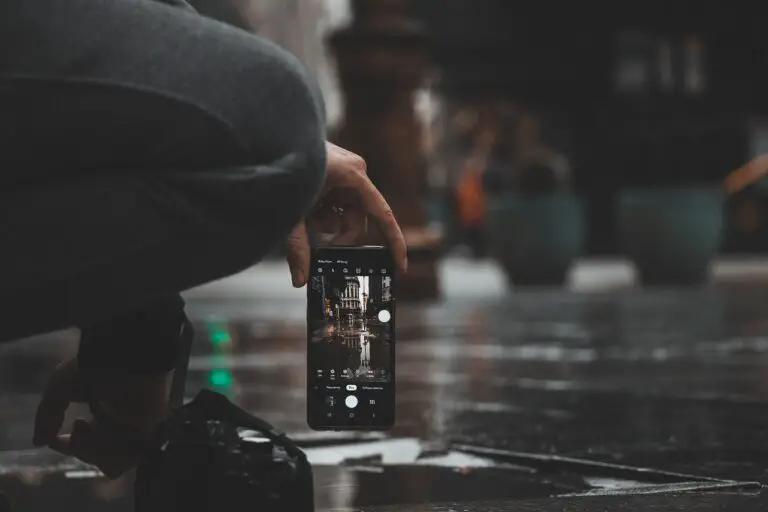What Is A Photography Portfolio
Showcasing a photographers skill and style
A photography portfolio is a carefully curated collection of a photographer’s best work. It serves as a representation of their skills, style, and experience. A portfolio can include various types of photography, such as portraits, landscapes, still life, fashion, or documentary. It is designed to showcase the photographer’s technical abilities, artistic vision, and ability to capture the essence of their subjects or scenes.
Impressive Photography Portfolio: Opening Doors
The purpose of a photography portfolio is to impress potential clients, employers, or art critics. It is often used by photographers looking to secure jobs or freelance assignments, as it provides a visual overview of their capabilities and expertise. For aspiring photographers, a strong portfolio can open doors to opportunities for exhibitions, awards, or collaborations with other professionals.
Crafting a compelling photography portfolio
Creating a photography portfolio involves careful selection and organization of the photographer’s best images. It requires a critical eye to choose photographs that best reflect their unique style, technical proficiency, and artistic sensibility. As such, a portfolio should ideally include a diverse range of images that demonstrate the photographer’s versatility, while still maintaining a cohesive and consistent quality throughout.
Digital Dominance, Physical Prestige: Portfolio Evolution
In today’s digital age, the format of a photography portfolio has evolved from traditional printed albums to online platforms or websites. Online portfolios offer the advantage of easy accessibility, as they can be easily shared with clients or potential collaborators. Additionally, digital formats allow photographers to experiment with different layouts and designs, adding a level of creativity to their portfolio presentation. However, physical portfolios still hold value, particularly in certain fields such as fashion or fine art photography, where tactile elements and attention to printed details are highly regarded.
